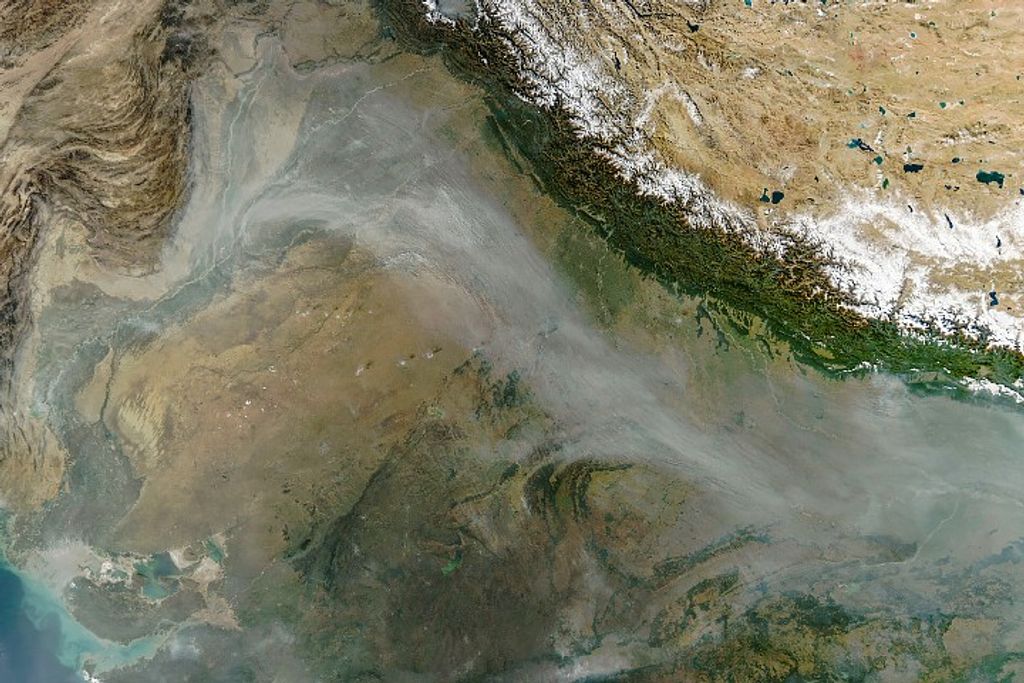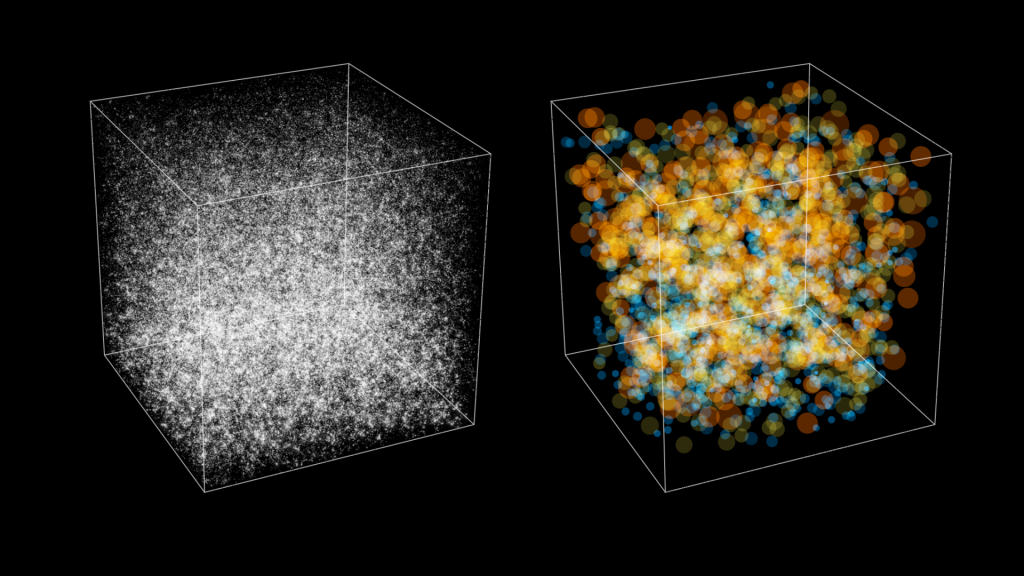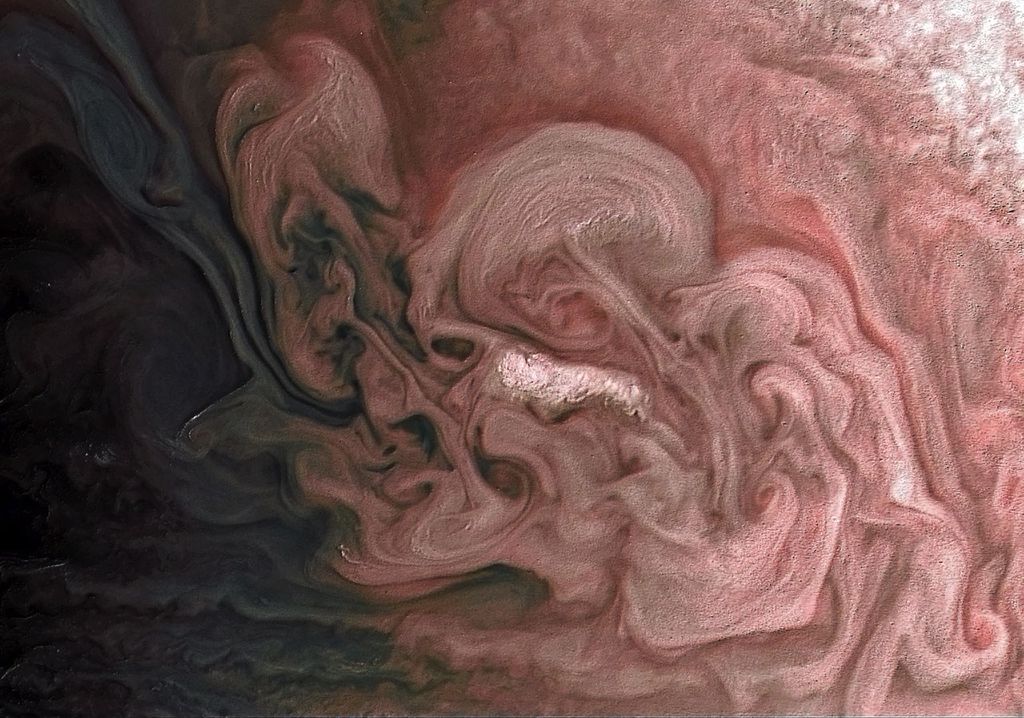After NASA Hubble Space Telescope's refurbishment to correct spherical aberration, its resolution for imaging stars is expected to increase by a factor of 10-15 over ground-based, and a factor of 2-3 over the pre-reburbished Hubble. The expected improvement in resolution is demonstrated by comparing a Hubble WFPC2 Thermal Vacuum globular cluster-mask (right panel) to a simulated view of the same globular cluster as viewed with Hubble's WFPC1 (left panel).
1 min read
Comparison of a WFPC2 Thermal Vacuum Globular Cluster-Mask Image to Wfpc1
Right panel: Real image taken with the Wide Field/Planetary Camera-2 of a "globular duster" pinhole mask in the April 1993 WFPC2 Thermal Vacuum test at JPL (Pasadena, CA). The image is a 80 sec exposure through the F555W ("V") filter about 40x34" on a side, and approximates...
Related Images & Videos

Hubble Images of Star Cluster Before and After Astronauts Fixed Hubble's Flaw
Right panel: Real image taken with the Wide Field/Planetary Camera-2 of a "globular duster" pinhole mask in the April 1993 WFPC2 Thermal Vacuum test at JPL (Pasadena, CA). The image is a 80 sec exposure through the F555W ("V") filter about 40x34" on a side, and approximates...
Share
Details
Last Updated
Mar 20, 2025
Contact
Media
Claire Andreoli
NASA’s Goddard Space Flight Center
Greenbelt, Maryland
claire.andreoli@nasa.gov
Credits
NASA Goddard Space Flight Center, Dr. J. Jeff Hester (Arizona State University), Wide Field Planetary Camera-2 Instrument Definition Team, Principal Investigator: Dr. John Trauger (JPL)






























